Posters
Our Exhibitors
-
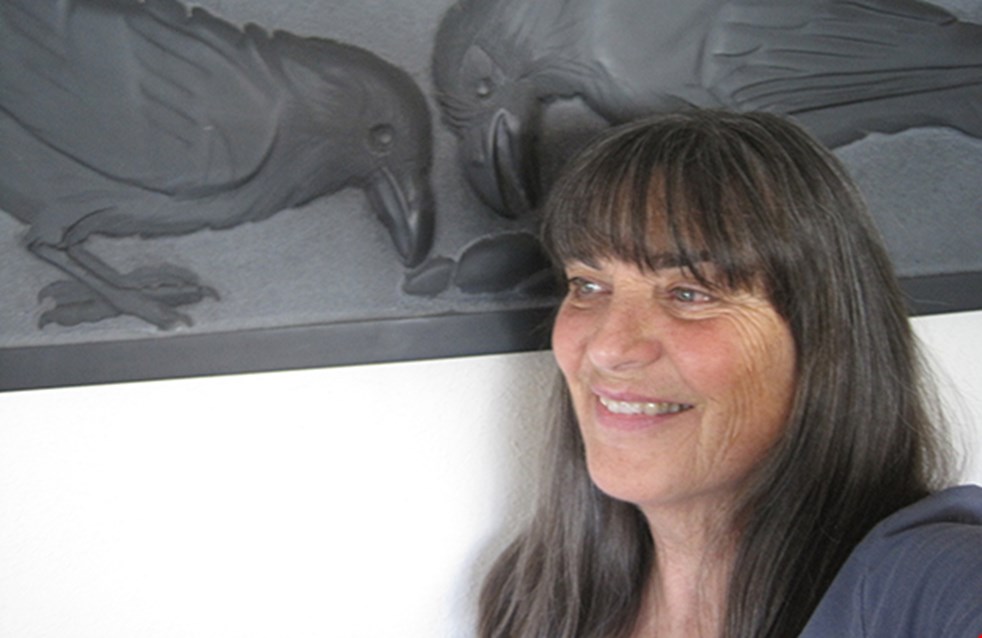
Ann Cunningham, owner of Sensational Books, art teacher at the Colorado Center for the Blind and tactile artist
Just like visual art, tactile art can engage our mind in some surprising ways. Come and see if you are able to experience some tactile sculptures in ways that might inspire you to see new possibilities for your tactile images.
Exploring Pictures: What qualities can we use to make a picture informative? -
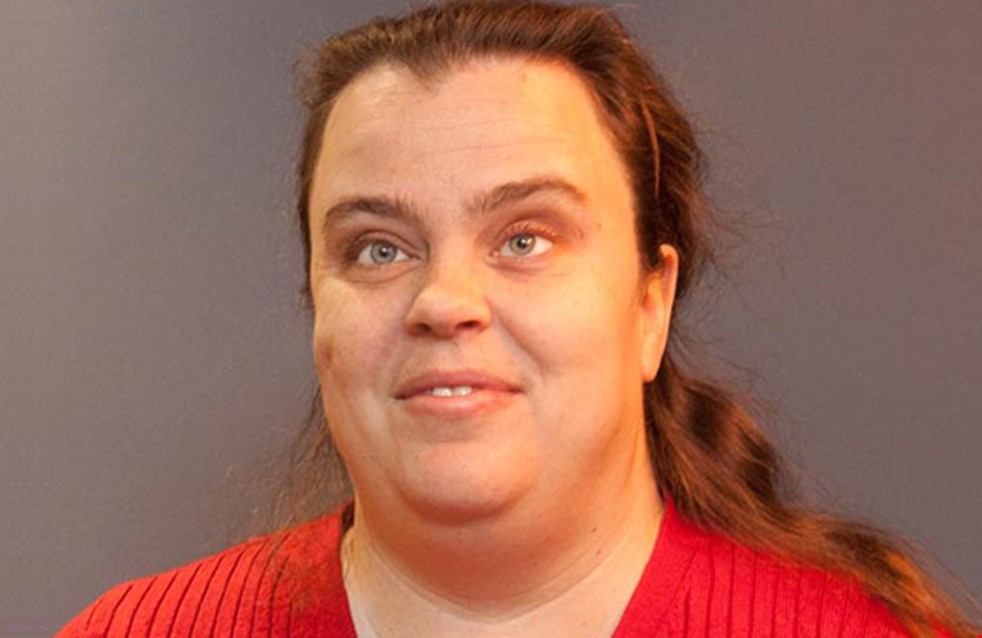
Dawn Wilkinson
Dawn will demonstrate alignment of particular APH products within the categorical framework of the Tactual Profile and discuss ideas for implementing the Tactual Profile as a standard assessment included in a student’s individualized education plan.
Dawn Wilkinson -
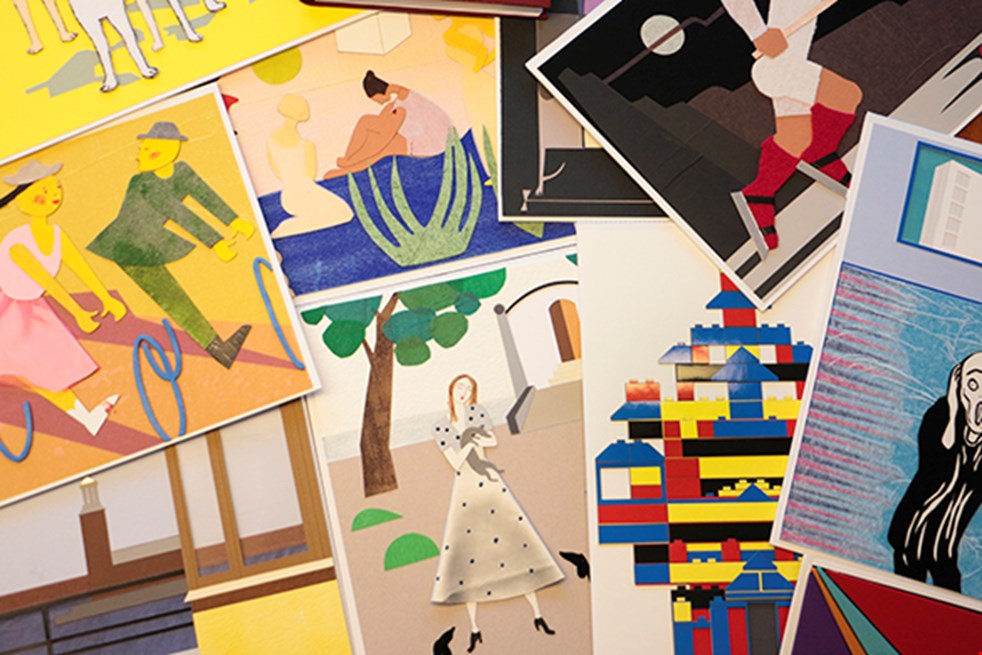
De blindas bokfond
A Historical Art Overview is a book project consisting of braille text and tactile pictures, produced to give blind people a possibility to experience art over the centuries. It describes prominent traits within genres like art, design and architecture.
De blindas bokfond -
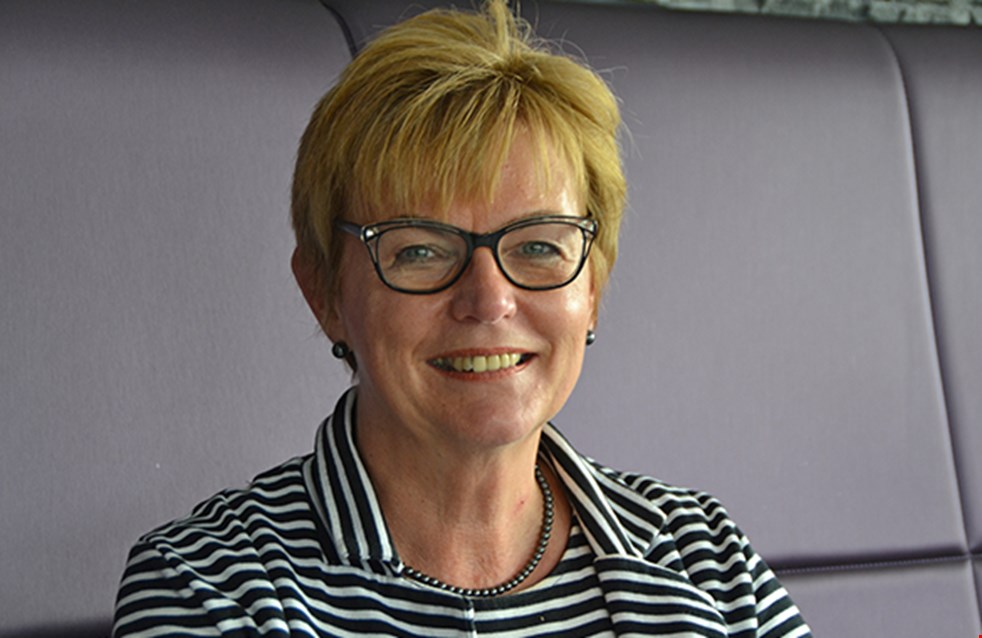
Dorine in ‘t Veld, Product manager at Dedicon Educational
In 2014 Dedicon created a tactile library for children aged 2 – 8 for the ‘Reading for All’ Library in The Netherlands. In 2016 the collection counts 34 titles. Dorine will present a poster and talk about the experience they have gotten from this project and the practical issues they came across during the translation.
Touch your book: The formation of a collection of tactile books -
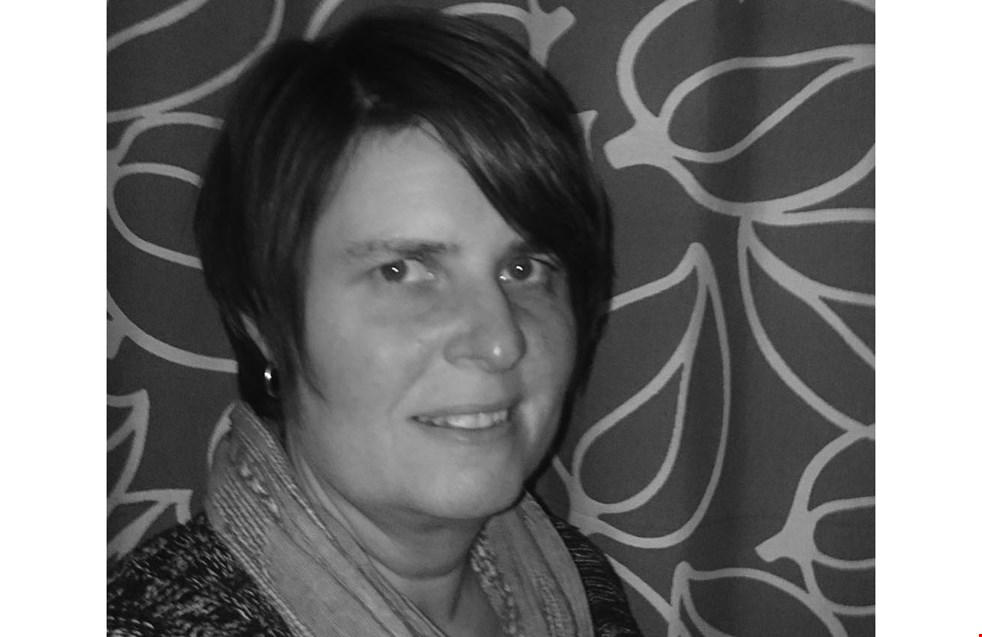
Kirsten Rassmus-Gröhn, associate professor at Lunds Universitet
The speaker together with her colleagues have developed an audio-haptic non-visual image editor and explorer: HIPP (Haptics In Pedagogical Practice). Kristen will tell you what haptics are and how it works in practice. How it was used in the project and how it can be used to learn how to draw.
I can draw! Using HIPP to learn about 2D representations and drawings -

Kouki DOI
There is a demand for information support tools that ensure students with visual impairment have access to necessary information inside school buildings. The authors of this poster explored how they could meet this demand. Their study led to a proposal of a newly production method to create in-school tactile guide maps that allow students with visually impairments to grasp the arrangement of school buildings and classrooms.
Kouki DOI -
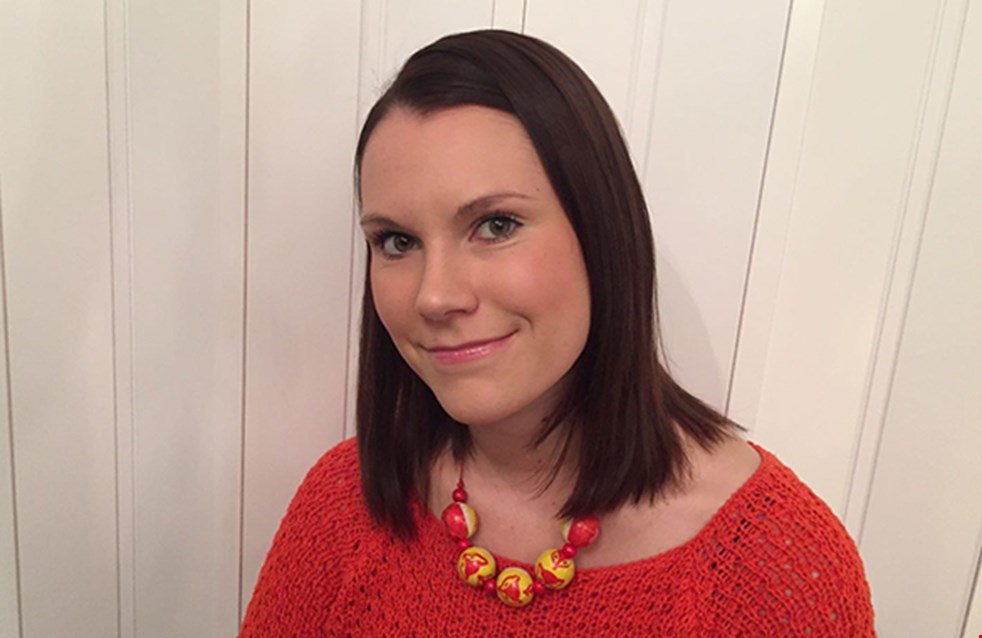
Laura Kalola, Designer and Bachelor of Culture and Arts
Visually impaired people are not taken into account when designing board games. That is why she developed a board game that visually impaired and normally sighted people could play together. Now after years of development and testing, ”The Moles Game” is ready for sale.
The Moles Game: A board game for visually impaired children and youth -
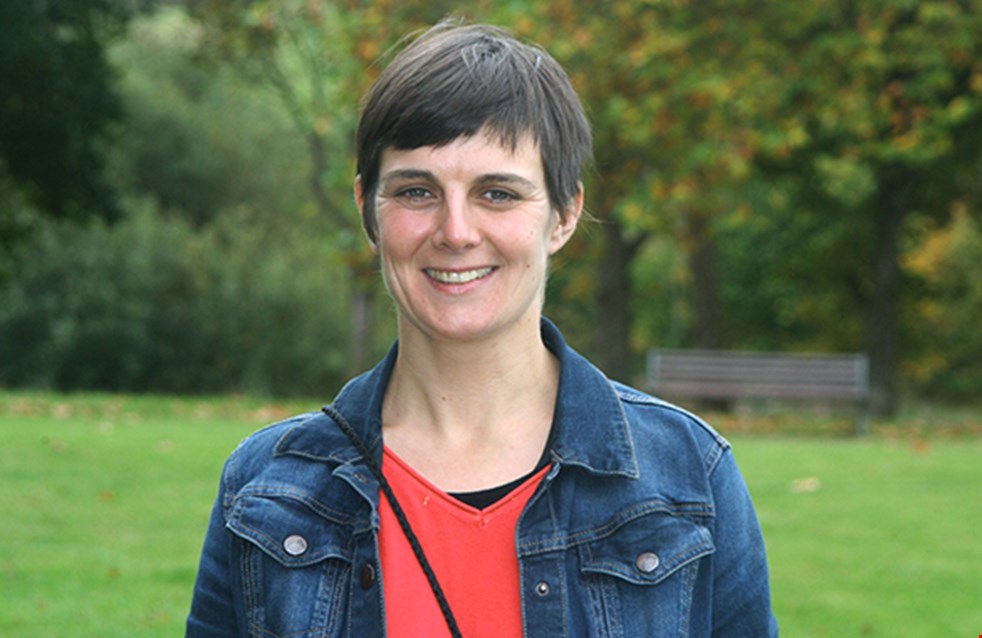
Sabrina Morisson, Design for All conceptor
Sabrina will present her tactile origami books. With tactile origami books, visual impaired and blind people can reach two specific goals: build a mental representation of volume and replicate the form by themselves by exploring all the folds in the paper.
Origami's Haptic Qualities -

Tsutomu WADA, Manager, Ph.D., Japan Braille Library
In 2016 the Japanese Industrial Standard for Tactile Guide Maps was published in order to improve the setting position, proper size of map board, the information for orientation and mobility, etc. Tsutomu Wada, standard together with his co-author, have made surveys, mainly on tactile markings, to determine useful evidence for this standard. He will present the result of these surveys.
Tsutomu WADA, Manager, Ph.D., Japan Braille Library